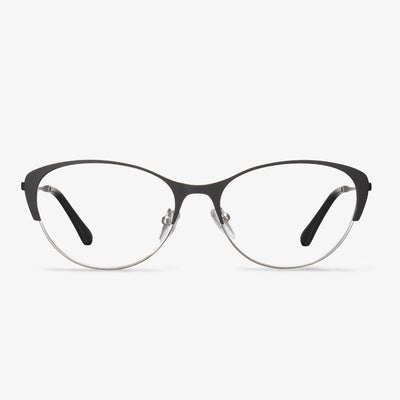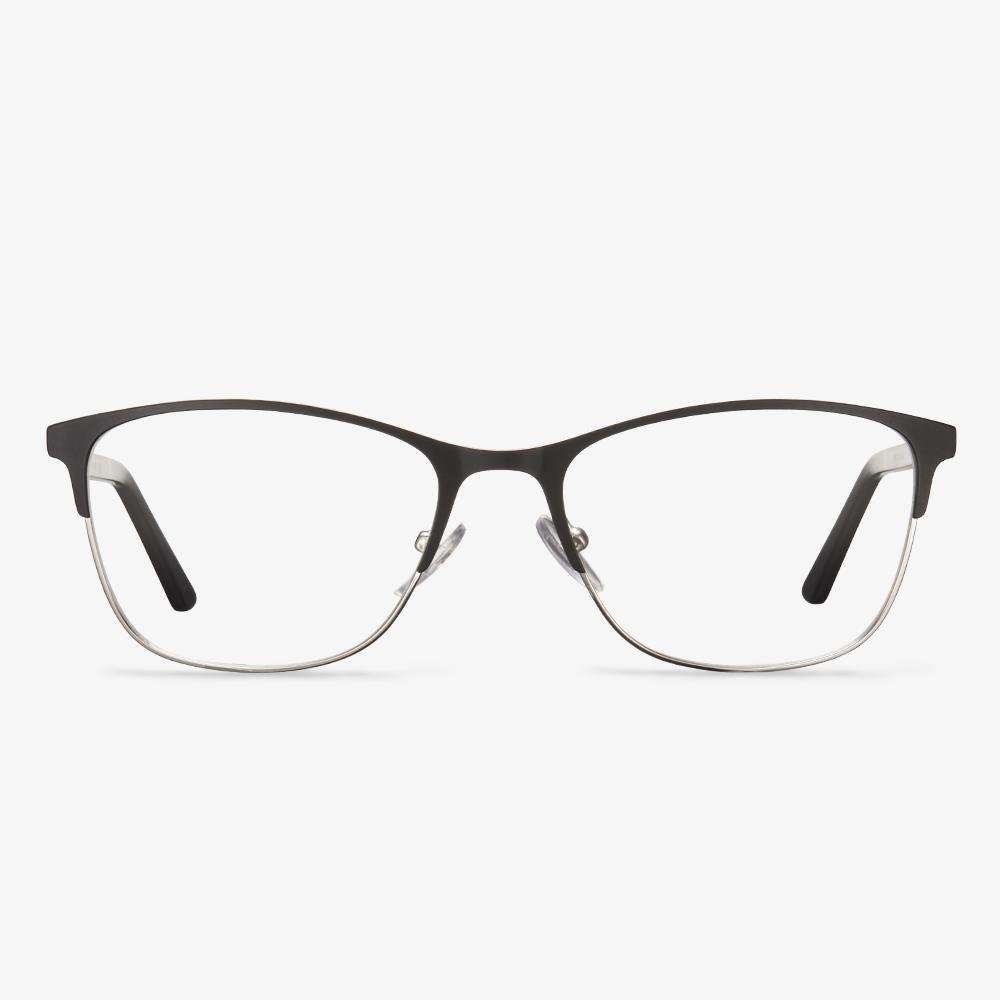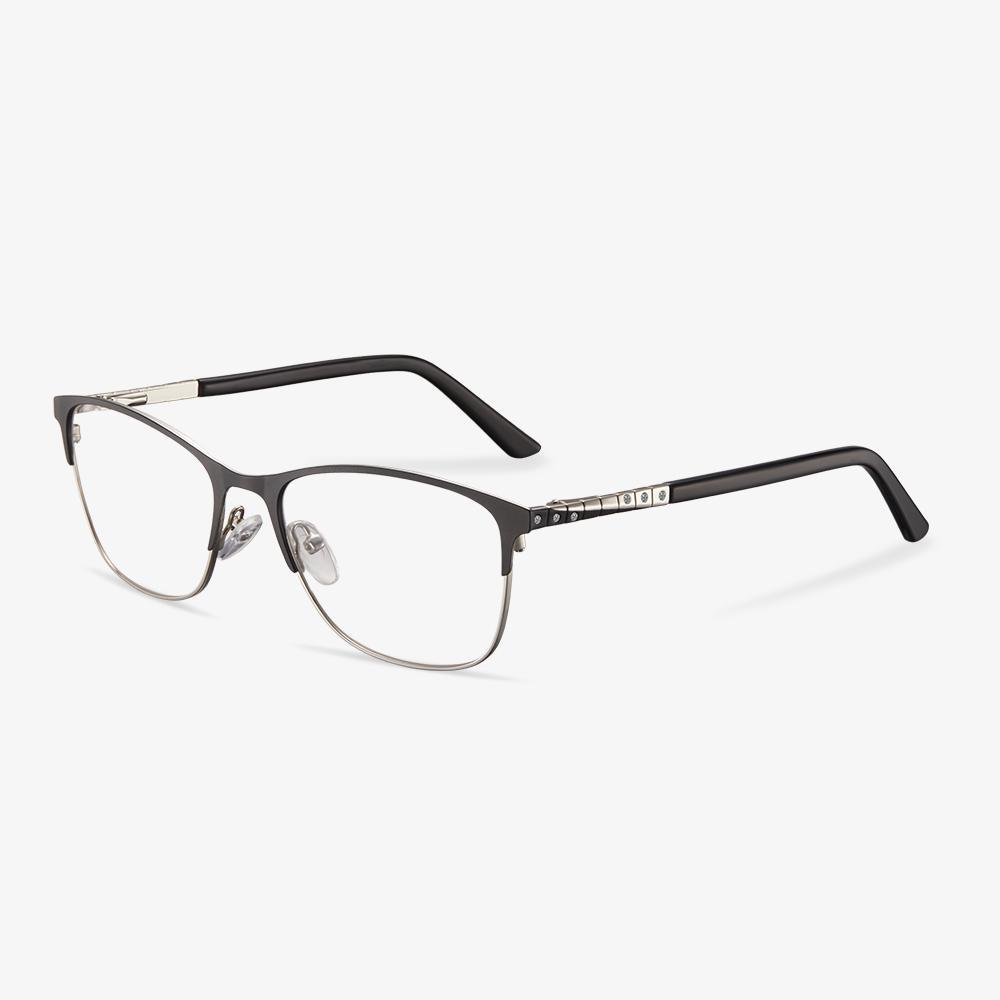The birth of progressive lenses
In 1907, British optometrist Owen Aves first proposed the concept of progressive lenses and got the first patent of progressive lenses. In 1910, Henry Orford Gowlland designed and made a similar lens in Canada, but technical limitations prevented it from succeeding. In 1959, Bernard Maitenaz, a French optical and mechanical engineer, developed the first progressive lens, which was successfully put into the commercial market for the first time and became a milestone in the history of world optometry. With the development of science and technology, the design of progressive lenses has been greatly developed.
The role of blue light blocking glasses
Blue light blocking glasses can effectively isolate ultraviolet rays and radiation, as well as filter blue light. They are generally used when watching computers, TVs and mobile phones. In daily life, especially office workers, they often feel eye fatigue, dry and sore eyes, which are all caused by staring at the electronic screen for a long time.
Blue light blocking glasses can effectively reduce the damage of blue light to the eyes. The blue light blocking lenses can effectively block harmful blue light within a certain distance, resist the damage of lens diseases to the eyes, and reduce the visual fatigue caused by blue light. Outdoors can also reduce the discomfort caused by strong ultraviolet rays to the eyes, and avoid the damage caused by ultraviolet rays to the eyes.
Our eye protection should be always all-time, and we can’t rely on blue light blocking glasses. It can only block some of the blue light’s damage to the eyes. Whether studying or working, you must pay attention to the rest of the eyes and try to reduce the brightness of the electronic screen. More importantly, developing good eye habits is better than anything else.
What are polarized lenses for?
Polarized lenses contain a layer of polarizing plates in which molecular chains form a light-grating structure in which dichromatic pigments, which absorb polarized light, are evenly distributed. A beam of light is absorbed when it vibrates in the same direction as the bars of the molecular chain of the polarized lens. The grating direction formed by the molecular chain of the polarizer is the axial direction of the polarizer, which is generally horizontal. When polarized lenses are worn, they absorb all the light that vibrates horizontally, thus absorbing the glare and preventing it from reaching the eyes.
BLUPOND CHOPPER Polarized Driving Sunglasses
It has TAC polarization UV400 high definition lenses and the most progressive anti-glare technology. Increasing street vision, the TAC Polarizing lens is a 7-layer composite system that meets the international UV400 standard. By turning the distorted light into parallel lines, your view will be softer and clearer, making for a more interesting ride. Timeless classic Italian design exudes ingenuity and innovation. A durable frame structure with reinforced hinges gives you a sense of strength and durability, made of the strongest polycarbonate material. It's a fashion statement that's both subtle and sharp.
Where to Buy Glasses for Big Heads?
After learning which eyeglasses frames are suitable for big heads, you may ask where to buy them. To buy them, the online glasses store - Koalaeye Optical is recommended. It provides all kinds of glasses, eyeglasses and frames. What’s more, these glasses frames are cheap and stylish. You can also get the prescription glasses online and they will be mailed to you with great convenience.
How long does it take to get used to progressive lenses?
Because the adjustment of each eye is different, so there will be some differences in the adaptation period. It usually takes about two weeks to get used to it. Probably many young people are familiar with this kind of lens, so they adapt to them for only a week or so and can restore the normal visual effect. If it's been two weeks and you still feel that you can't see clearly, or you have the feeling of nausea, etc., then you need to test and adjust. You need to go to the hospital to see the specific case, to find out whether it is a quality problem of the sunglasses, or there are some artificial reasons. If there is a problem, we should also replace the lenses in time, otherwise, it may lead to the problem of visual fatigue. Therefore, it is still necessary to promptly confirm the case of optometry, and then replace the appropriate glasses.
Blue light and anti-reflective lenses
They reduce the potential for cumulative damage to the eyes.Allowing the beneficial blue light through improves clarity, they reduce glare and reflection. They can improve your visuals and reduces eye strain and nighttime reflexes. They can reduce the symptoms of computer vision syndrome, including eye strain, eye strain, and headache.
















































